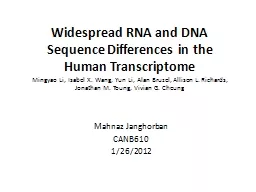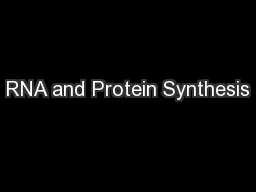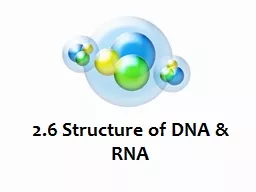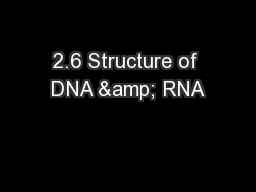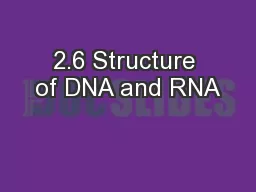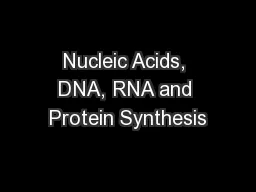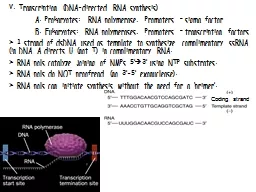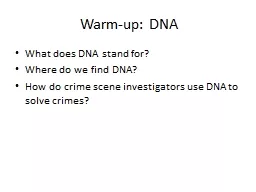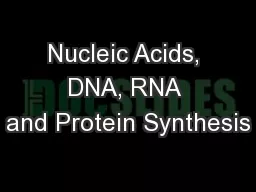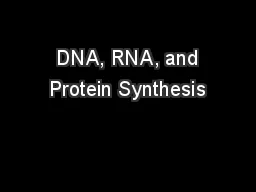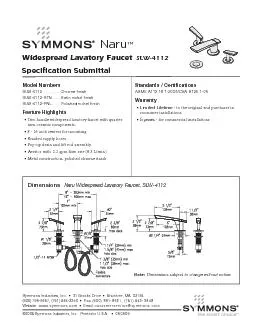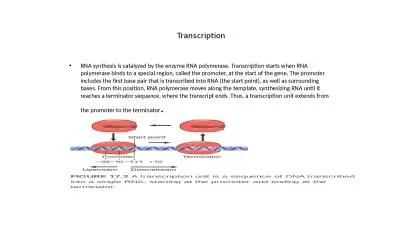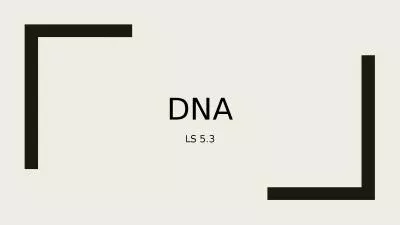PPT-Widespread RNA and DNA
Author : karlyn-bohler | Published Date : 2016-08-12
Sequence Differences in the Human Transcriptome Mingyao Li Isabel X Wang Yun Li Alan Bruzel Allison L Richards Jonathan M Toung Vivian G Cheung Mahnaz
Presentation Embed Code
Download Presentation
Download Presentation The PPT/PDF document "Widespread RNA and DNA" is the property of its rightful owner. Permission is granted to download and print the materials on this website for personal, non-commercial use only, and to display it on your personal computer provided you do not modify the materials and that you retain all copyright notices contained in the materials. By downloading content from our website, you accept the terms of this agreement.
Widespread RNA and DNA: Transcript
Download Rules Of Document
"Widespread RNA and DNA"The content belongs to its owner. You may download and print it for personal use, without modification, and keep all copyright notices. By downloading, you agree to these terms.
Related Documents

